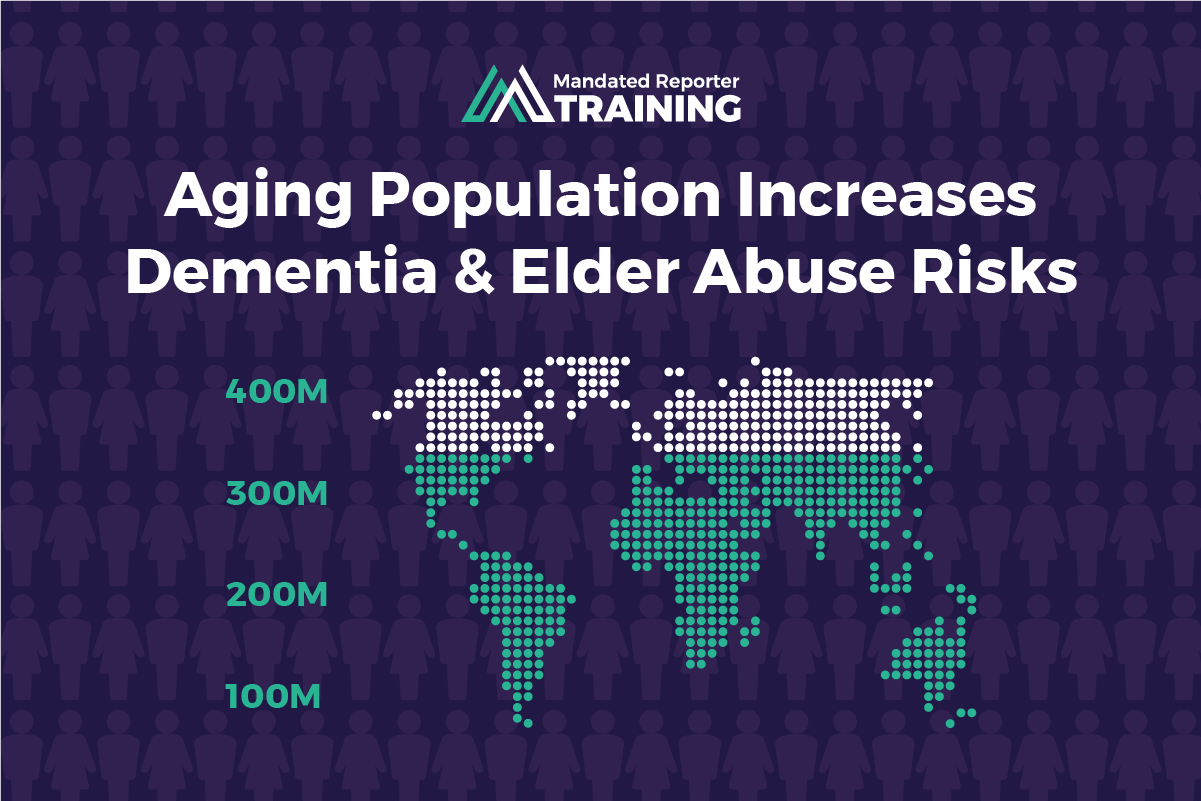California has stringent requirements for Mandated Reporter Training on elder abuse. Several professions are designated responsible for the care of the elderly and dependent adults in California and must be well-equipped to identify and report abuse. Get a better understanding of Mandated Reporter Training and learn the different requirements that may apply to your profession.
Understanding Who is a Mandated Reporter
In California, mandated reporters are individuals who have assumed responsibility for the care or custody of an elder or dependent adult. This includes a wide range of professionals and roles within care facilities:
- Administrators, supervisors, and licensed staff of public or private facilities
- Health practitioners, clergy members, and employees of county adult protective services agencies or local law enforcement agencies
- Anyone providing health or social services to elders or dependent adults, including consultants and contractors
These individuals are legally obligated to complete Mandated Reporter Training and report any known or suspected instances of abuse. Failure to do so is a crime, punishable by fines and imprisonment.
Training must be completed within six months of the facility’s operation start date. Newly hired employees are required to undergo training within sixty days of their first day of employment.
Either the State Department of Health Care Services or the State Department of Social Services will review each long-term care facility to ensure compliance with these training requirements.
Legal Responsibilities and Training Requirements
California law mandates that long-term care facilities, community care facilities, and residential care facilities for the elderly provide training and continuing education on recognizing and reporting elder and dependent adult abuse. This training ensures that all staff members know their legal responsibilities and are prepared to act when they suspect abuse.
The training program must cover:
1. Detection of Elder Abuse and Neglect:
- Recognizing signs of physical abuse, neglect, abandonment, financial abuse, and isolation
- Understanding the legal definitions and real-life examples of these types of abuse
2. Reporting Procedures:
- How to make a report via telephone and written forms (SOC 341 and SOC 342)
- The importance of immediate reporting and the specific time frames required for different types of abuse
Recognizing the Signs of Abuse
Detecting elder abuse requires attention and a thorough understanding of its different forms.
Training must help mandated reporters identify the following:
- Physical Abuse: Includes assault, battery, sexual assault, and the use of physical or chemical restraints for punishment.
- Neglect: Failure to provide basic needs such as food, clothing, shelter, medical care, and personal hygiene.
- Abandonment: Desertion of an elder by someone responsible for their care.
- Financial Abuse: Theft, fraud, or misuse of an elder’s funds or property.
- Isolation: Preventing an elder from receiving visitors or communication from the outside world
Reporting Procedures and Legal Obligations
Once abuse is suspected, the mandated reporter must follow specific procedures to ensure the incident is properly documented and investigated:
Training must include the following report procedures and the legal obligations of doing so:
- Immediate Telephone Report: Mandated reporters must immediately, or as soon as practically possible, report the incident by telephone to local law enforcement or the local Long-Term Care Ombudsman.
- Written Report: A detailed written report must follow within two working days using Form SOC 341 for physical abuse and neglect or Form SOC 342 for financial abuse.
These reports should include comprehensive information about the victim, the suspected abuser, and the nature of the abuse, along with any observations or statements made by the victim.
Penalties for Non-Compliance
Failing to report known or suspected abuse has serious consequences. Training must include and designate the California laws imposing strict penalties on mandated reporters who neglect their duty:
Misdemeanor Charges: Failure to report can result in up to six months in county jail, a fine of up to $1,000, or both.
Increased Penalties: If the failure to report results in death or great bodily injury, the penalties increase to up to one year in county jail and a fine of up to $5,000
California’s requirements for Mandated Reporter Training on elder abuse are comprehensive and necessary for protecting vulnerable populations. This training fulfills a legal duty and represents a moral commitment to the well-being of some of our society’s most vulnerable members.
For more information on the mandated reporter training requirements or to report suspected abuse, visit MandatedReporterTraining.com.



